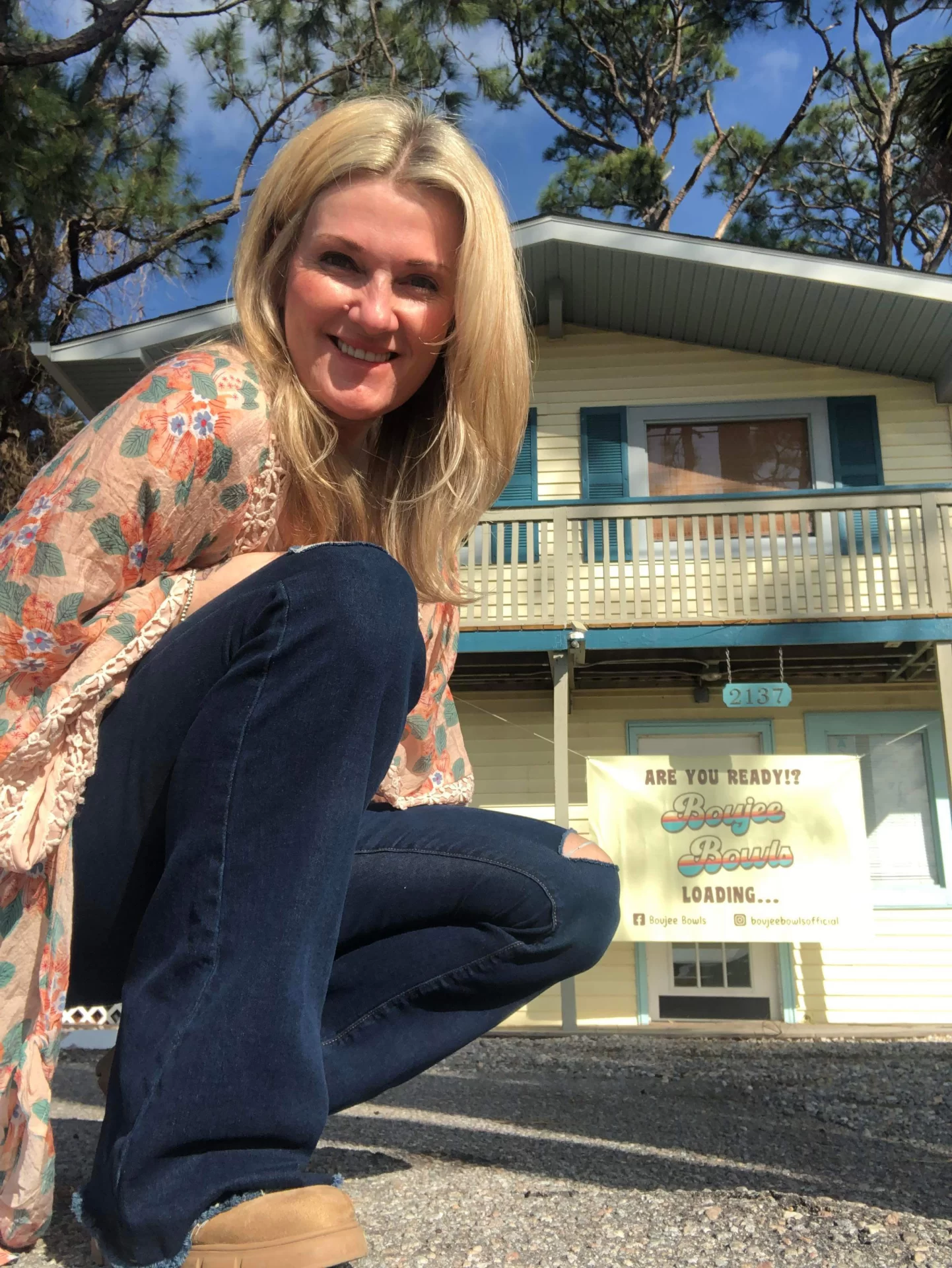By State Farm
During severe weather events like hurricanes and tornadoes, winds can reach speeds greater than 100 miles per hour. But even winds at 25 miles per hour can damage homes and property.
Take a few simple steps to learn disaster preparedness and prepare your family and home for the possibility of severe winds.
Develop an emergency plan
Proper planning can help save your family from injury and inconvenience when severe weather strikes. Prepare your family for severe winds by creating a disaster preparedness plan, including a disaster survival kit and an emergency evacuation plan.
Stay informed
Getting up-to-the-minute information is an important part of staying safe in any weather emergency. When severe weather threatens, tune in to a NOAA Weather Radio or battery-powered radio for updates.
A high wind advisory means that sustained winds of over 25 miles per hour are predicted.
Thunderstorm, tornado and hurricane warnings should be taken very seriously, as they mean that severe weather has been spotted and is on its way.
Find shelter
When severe winds occur, move to the middle of your home or basement, away from windows and glass doors. Try to take cover under a staircase or a heavy piece of furniture.
Do not stay in a manufactured home during severe winds. They are easily overturned by high winds, and flying debris can puncture their light frames and exteriors.
You may want to build a safe room in your home.
A safe room is an area of your home that has been reinforced to provide protection from broken glass and flying debris. An experienced contractor can build a safe room with a reinforced roof, walls and ceilings in a new or existing home.
Wherever you seek shelter, be sure to bring your family disaster kit with you.
Protect your home
When severe winds threaten your home, close window shutters or attach protective panels with previously installed fasteners. Information about emergency board-up procedures can be found at the Federal Alliance for Safe Homes (FLASH) or the Insurance Institute for Business & Home Safety (IBHS).
For more information about construction and retrofitting techniques for securing your home against high winds, see these tips to protect your home during a hurricane.
Secure your property
If there is sufficient warning before the onset of severe winds, move garbage cans, patio furniture, grills and other potentially wind-borne objects inside your home or garage.
In the future, you may want to consider replacing gravel or rock landscaping materials with shredded bark.
Vehicles and boats are also at risk during a severe wind event. Store vehicles in a garage or other enclosure. Moor boats securely. If your boat is ashore in a jack stand, strap the boat down when possible.




